Forbes Lists "America's Dirtiest Cars"

There’s all kinds of controversy over what makes a car “green” and what doesn’t. Some point to size and efficiency, crucifying Hummers and full-size trucks as criminals against the planet. Others point to lifecycle greenhouse gas emissions, battery-component mining pollution and other less-obvious measures to excoriate hybrids. In any case, TTAC’s scientific department isn’t well-funded enough to issue a comprehensive report on the subject. Forbes may not have tested cars itself, or dug into true “dust-to-dust” footprints, but it’s gone ahead and published a list of “America’s Dirtiest Vehicles” anyway. Let’s take a look, shall we?
The article claims that to search out “America’s Dirtiest Vehicle” by using air pollution and greenhouse gas emissions data from the EPA. The EPA air pollution data is ranked on a scale of 1 to 10, 10 being the cleanest, 1 being dirty. “Air pollution” criteria are compounds like unburnt hydrocarbons, NOx fumes, particulate matter, carbon monoxide and formaldehyde. And you thought smoking was a dirty habit! Greenhouse gases are done on the same 1 to 10 scale and are evaluated by measuring, carbon dioxide, nitrous oxide and methane emissions, which means the car’s fuel economy comes into play here. Less miles, more fuel burnt. More fuel burnt, more greenhouse gases emitted. In the event of a tie, they used combined fuel consumption figures to break the deadlock.
The article then goes on to its small print, namely, the vehicles which were excluded. Vehicles which were classed as “heavy duty” were exempt from this report because these vehicles aren’t subject to federal fuel economy requirements. Also missing were “super cars”; the reason being that they sell in such small volumes, it’s not worth counting them in. Saabs sell in small numbers, but I bet you they got put in this report.
So after setting out the parameters and established who’s being evaluated and who isn’t, what’s the result?
Well, according to Forbes, America’s dirtiest is . . . the Jeep Grand Cherokee. Yes, for once, Chrysler comes top in a survey. It scored 3 out of 10 for air pollution ratings and 2 out of 10 for greenhouse gas emissions. But the report decided to stick the boot in further buy saying “Even had we included those supercars, though, the Jeep Grand Cherokee still would have topped the chart.” Ouch! Not content with giving the Cherokee a battering, the report then deals its killer blow. “The flex-fuel engine—prized because it uses a renewable resource that reduces dependency on traditional gasoline—on the Cherokee was even worse: three out of 10 and one out of 10 for the air pollution and gas emissions, respectively.” That’s gotta hurt!
It then gets even worse for Chrysler, because not only did they secure top spot by a mile (insert your own MPG joke here), they also got a further four places in top ten. The Dodge Durango came in 10th, the Dodge Ram 1500 came in 9th, the Dodge Dakota came in 8th and the Chrysler Aspen came in 7th.
“We continue to drive our fleet average even lower,” Chrysler spokesman Nick Cappa, who was given the unenviable job of putting a positive spin on this report, said. “Chrysler Group products are 99% cleaner than vehicles of 30 years ago and meet or exceed United States federal emission standards, the most stringent in the world.” Reports of whether Mr. Cappa went into another room and burst into tears are unfounded.
The report then goes on to mention the rest of the top ten. “60% of the entries on our list are from domestic automakers. The remainder are German”. The other “dirty domestic” was the Chevrolet Trailblazer, which came in 4th. The list in full can be seen here.
Chrysler can take some heart in the knowledge that at least their electric and hybrid car plans will give them some much needed green credent—oh. Never mind then.

More by Cammy Corrigan
Latest Car Reviews
Read moreLatest Product Reviews
Read moreRecent Comments
- Lou_BC Well, I'd be impressed if this was in a ZR2. LOL
- Lou_BC This is my shocked face 😲 Hope formatting doesn't fook this up LOL
- Lou_BC Junior? Would that be a Beta Romeo?
- Lou_BC Gotta fix that formatting problem. What a pile of bullsh!t. Are longer posts costing TTAC money? FOOK
- Lou_BC 1.Honda: 6,334,825 vehicles potentially affected2.Ford: 6,152,6143.Kia America: 3,110,4474.Chrysler: 2,732,3985.General Motors: 2,021,0336.Nissan North America: 1,804,4437.Mercedes-Benz USA: 478,1738.Volkswagen Group of America: 453,7639.BMW of North America: 340,24910.Daimler Trucks North America: 261,959



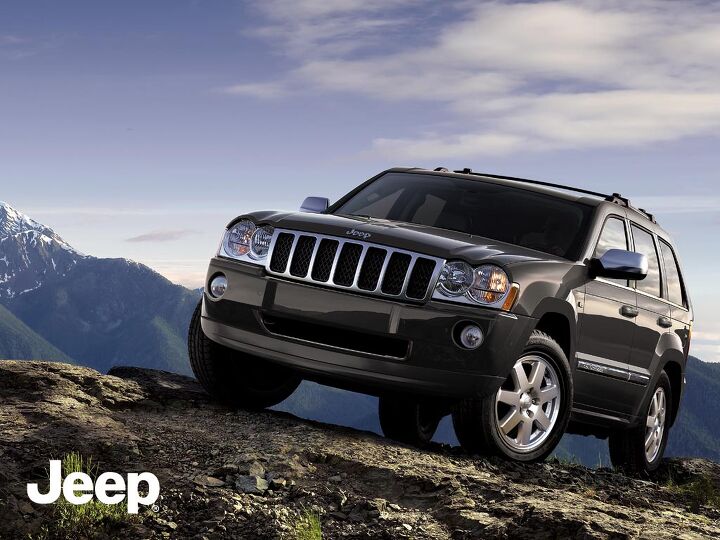















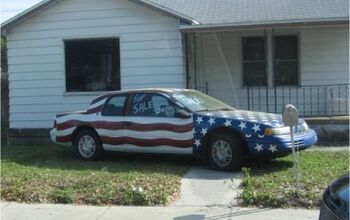
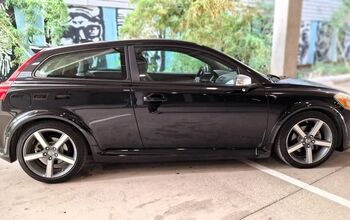


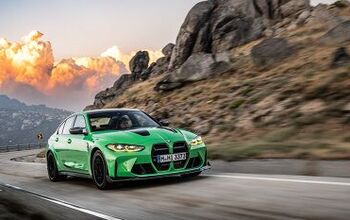

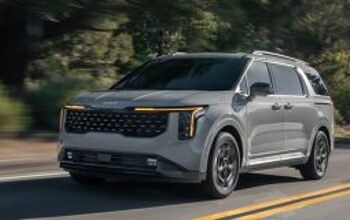

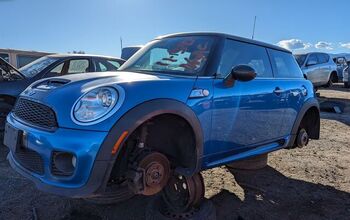
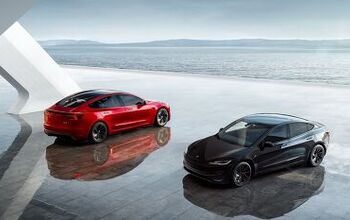

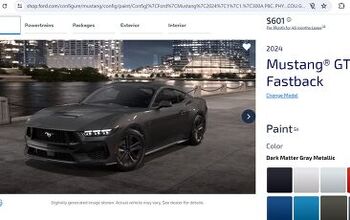
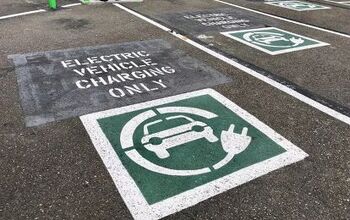
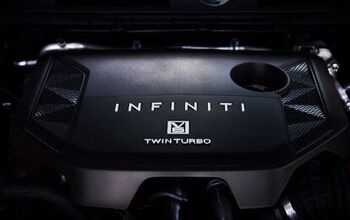

Comments
Join the conversation
For the Wikipedia glowbull warming scientists, let us check out the U.S. temperature for the past 100+ years. From the National Climatic Data Center. I encourage you to find your own CO2 graphs from a reputable source. Then re-explain the wiki assertions. http://www.ncdc.noaa.gov/sotc/get-file.php?report=national&image=timeseries02&byear=2009&bmonth=10&year=2009&month=10&ext=gif&id=110-00 Hmm, it's getting colder. I believe that I will spend Saturday re-igniting my dormant 454. Just gotta replace some fluids, lube the cylinders, spill a little hi-test into the Holley barrels, stir the 4-speed stick and roar off. I wonder if my cowl induction still works?